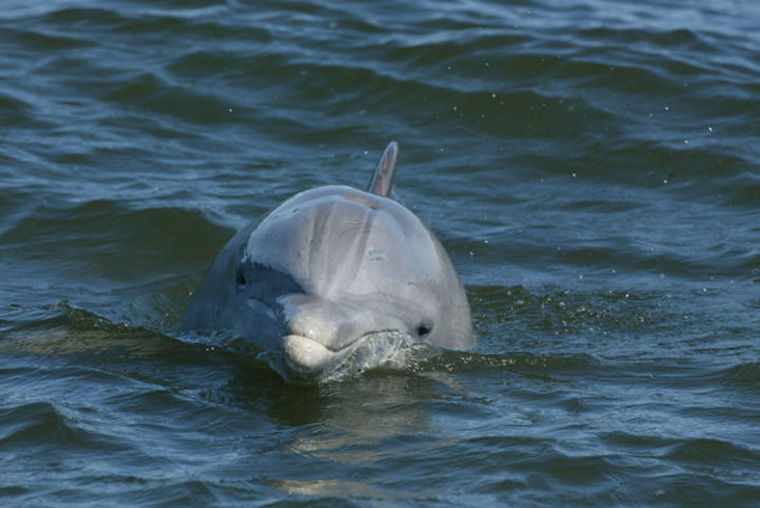
INDIAN RIVER COUNTY — Howard Ehrsam, PE, senior project manager with Creech Engineers, Inc. in Port St. Lucie, and Drew Campbell, lead scientist with Environmental & Marine Consulting Services addressed the county commission today, explaining how the much-anticipated Indian River Lagoon Working Group will function.
The working group of scientists and politicians, an outgrowth of the March Lagoon Symposium organized by Commissioner Tim Zorc, is scheduled to meet Aug. 26-27 to come up with specific, cost-effective proposals to reverse the environmental decay of the lagoon.
After the presentation, Zorc explained how the group, which is a non-profit entity separate from the county government, came into existence.
“I got a call from a gentleman who said, ‘Listen, I have a problem. I live on the river and I can’t catch fish from my dock anymore. If the group you have been talking about can help me with that problem, I have some resources I can commit.’”
“He said he was selfish and wanted to be able to fish from his dock,” Zorc said. “He told me to Google him so that I would know he wasn’t just some crackpot offering money he didn’t have.
“He turns out to be a very substantial individual who has his name on buildings all round the county but so far I don’t know that he wants his name revealed in connection with the working group.”
Zorc said the lagoon’s anonymous benefactor, who is paying the bulk of the working group’s expenses, may step into the spotlight when the group meets at the end of August, possibly making a keynote address.
Zorc wanted the working group to be outside the county government so that its members can discuss lagoon problems and solutions one-on-one or in small groups outside of its formal meetings.
If the group was funded or empowered by the county government, Florida’s sunshine law would prohibit private discussions, which Zorc said will be beneficial to moving the process of lagoon repair forward.
Newly installed County Attorney Dylan Reingold agreed that the group as organized would not be subject to the sunshine law and that private discussions would not pose a problem.
The working group will craft solutions that balance scientific effectiveness with political and financial viability, calculating unit cost for things like sea grass transplantation so that proposed initiatives have a price tag attached to them that can be considered by the county commission when it receives the group’s recommendations.
Zorc said he thinks the working group will have actionable recommendations written up in time to present them to the commissioners at the first commission meeting after the August break, on Sept. 3, 2013.
The symposium of leading lagoon scientists and concerned government leaders Zorc put together at the county government center in March is now regarded as a watershed event that shifted the commission’s focus in a more environmentally conscious direction.
Since the symposium, commissioners have devoted much more time and attention to considering the problems of fertilizer runoff, septic tank contamination and other forms of lagoon pollution that are causing unprecedented algae blooms, massive sea grass losses, reduced fish populations and the deaths of hundreds pelicans, bottlenose dolphins and West Indies manatees.
The working group is intended to take the process to the next step of projects and regulations that begin to stop contamination and reverse the ecological collapse of the estuary.



